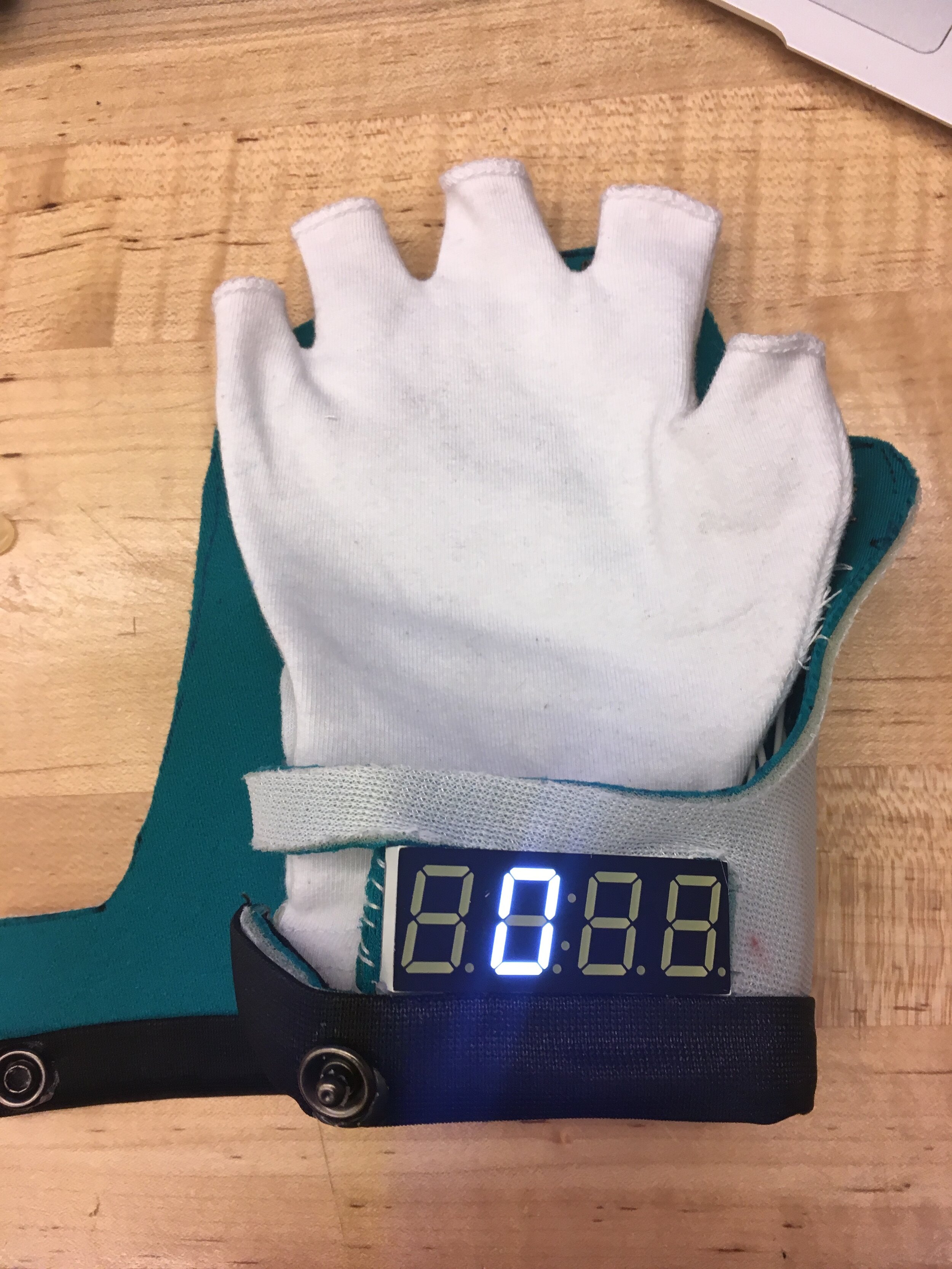Explorations
These ‘explorations’ are small design projects undertaken to deep-dive into intriguing topics. For the most part, they were opportunities to focus on specific areas of the design process, such as research and developing concepts from insights, or prototyping and iterating from usability testing.
Pioneer Sustainability Assessment
We deconstructed a DVD player to perform an LCA and sustainability assessment of the device and the company that made it, Pioneer. From this, we developed recommendations for improvement.
—
This project, accomplished with partners Carina Yu, Amrita Chatterji, and Yang Qian, was a deep-dive into understanding sustainable product manufacturing and design. We focused on electronics manufacturer Pioneer; our report included an LCA (Life Cycle Analysis) of a Pioneer DVD player, and a sustainability scorecard for the company.
An LCA is a type of report that looks at the entire lifecycle of a product—from manufacturing the materials, to transportation, to consumer use, to end-of-life—to determine to environmental outputs and costs of the product. We used the online LCA calculator from Sustainable Minds.
The sustainability scorecard, looking at the company Pioneer as a whole, was developed by the California College of the Arts Design MBA program, along with Nathan Shedroff.
—
To understand some of the many elements of sustainability, we completed our own LCA for a Pioneer v5000 DVD player, which we found tossed in the trash. We took apart every component of device, sorted them by material and weighed the parts, researched their origin and the company’s suppliers, manufacturing/assembly processes, and distribution as much as possible. Using the information we compiled as well as both estimates for the information we did not know, we were able to find the biggest sources pollution and energy usage of the product, and come up with recommendations for improvements.
—
Based on the company’s own sustainability reports from the past decades, the information on the website, and their position in the marketplace, we used the sustainability scorecard to understand Pioneer’s unique strengths, as well as where they have the most room to improve.
Using the completed scorecard, we uncovered insights and developed recommendations for improvement.
—
To see the full scope of the analysis we completed and our insights and recommendations, you can view the complete sustainability report here.
ASL Glove
I undertook this project to explore prototyping with software and hardware, as well as think creatively about what it means to support a person’s physical and mental abilities.
—
This glove is an early prototype of a ‘human augmentation device’ that translates American Sign Language signs into text. This device allows deaf signers to communicate in their preferred language, and non-signers can ‘read’ the signs as they would if they were familiar with ASL.
The purpose of this project was to develop my skills prototyping with both software and hardware, as well as provide an opportunity to think creatively about wearable devices and what it means to support or augment a person’s physical and mental abilities.
I built this in 2019 as a solo project; this iteration of the device was made with Arduino IDE and microcontroller, flex sensors, and an LCD screen.
In further iterations, I developed the industrial design to be more futuristic as well as naturalistic; I also switched to simple pull-up circuits rather than flex sensors in each finger. This improved reliability for a small set of signs, such as counting, but would have limited the ability of the glove to “read” a more nuanced range of gestures.
Unfortunate Shapes
This project allowed me to learn more about game design and gamification, as well as usability testing and interaction design.
—
Unfortunate Shapes is a game created in partnership with Yang Qian, Yuchen Tong, and Teesta Das in 2018. The players work together to build a unique adventure story, avoid disaster, and get home safe! Each turn, a player must get their teammates to guess correctly what’s on their card—and what the next piece of the story is—by building it out of the available shapes. This is a cooperative or competitive game for 3-8 players.
This project was undertaken to explore game design, gamification, and certain foundational design principles. We began with some constraints for our game: we wanted to explore gestalt, demonstrate affordances and signifiers in actions, and create a “discovery” game—meaning that the players uncover or create information as they go.
We also used this project as an opportunity to practice usability testing, in the form of play-testing. We conducted eight rounds of play-testing, which helped us refine the overarching game play and then improve upon the rules, as well as the look and feel of the game.

















